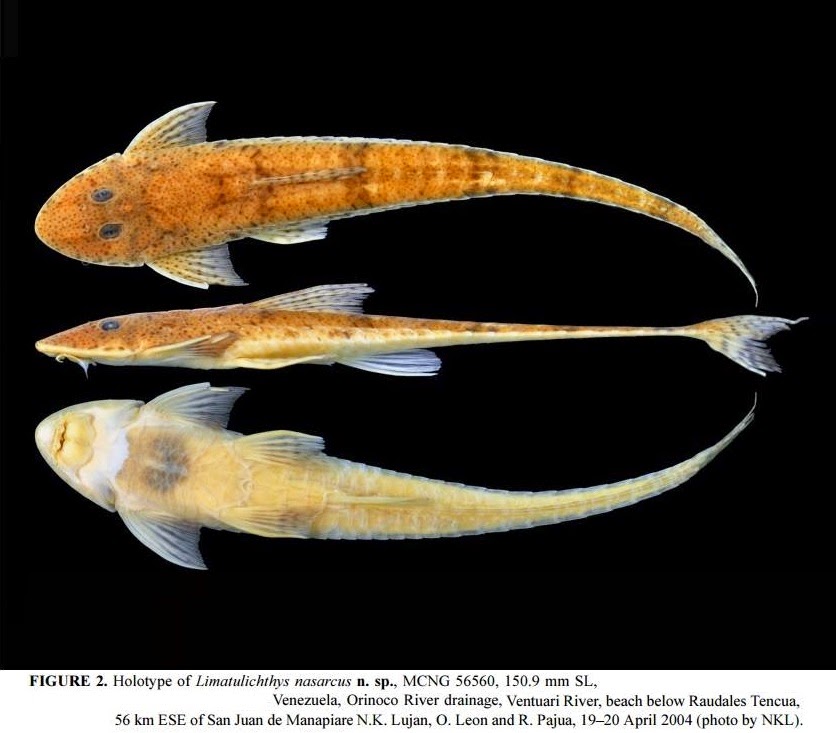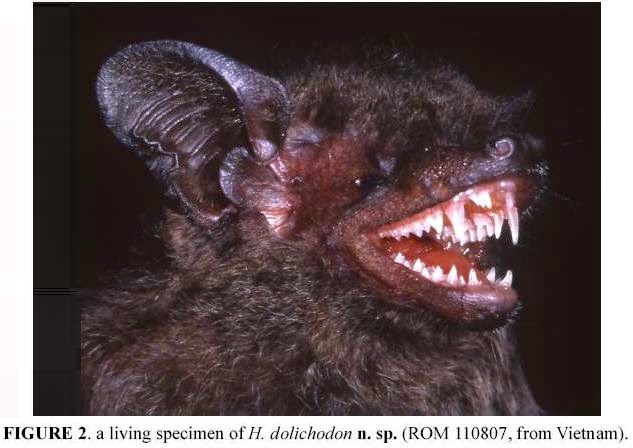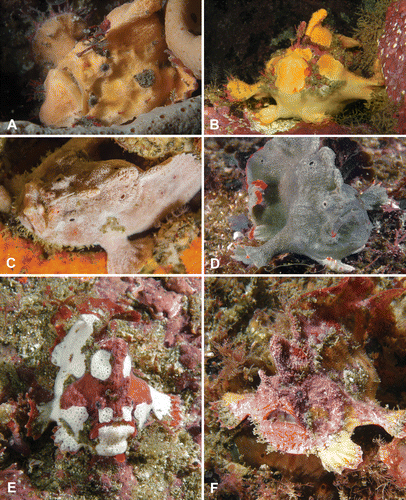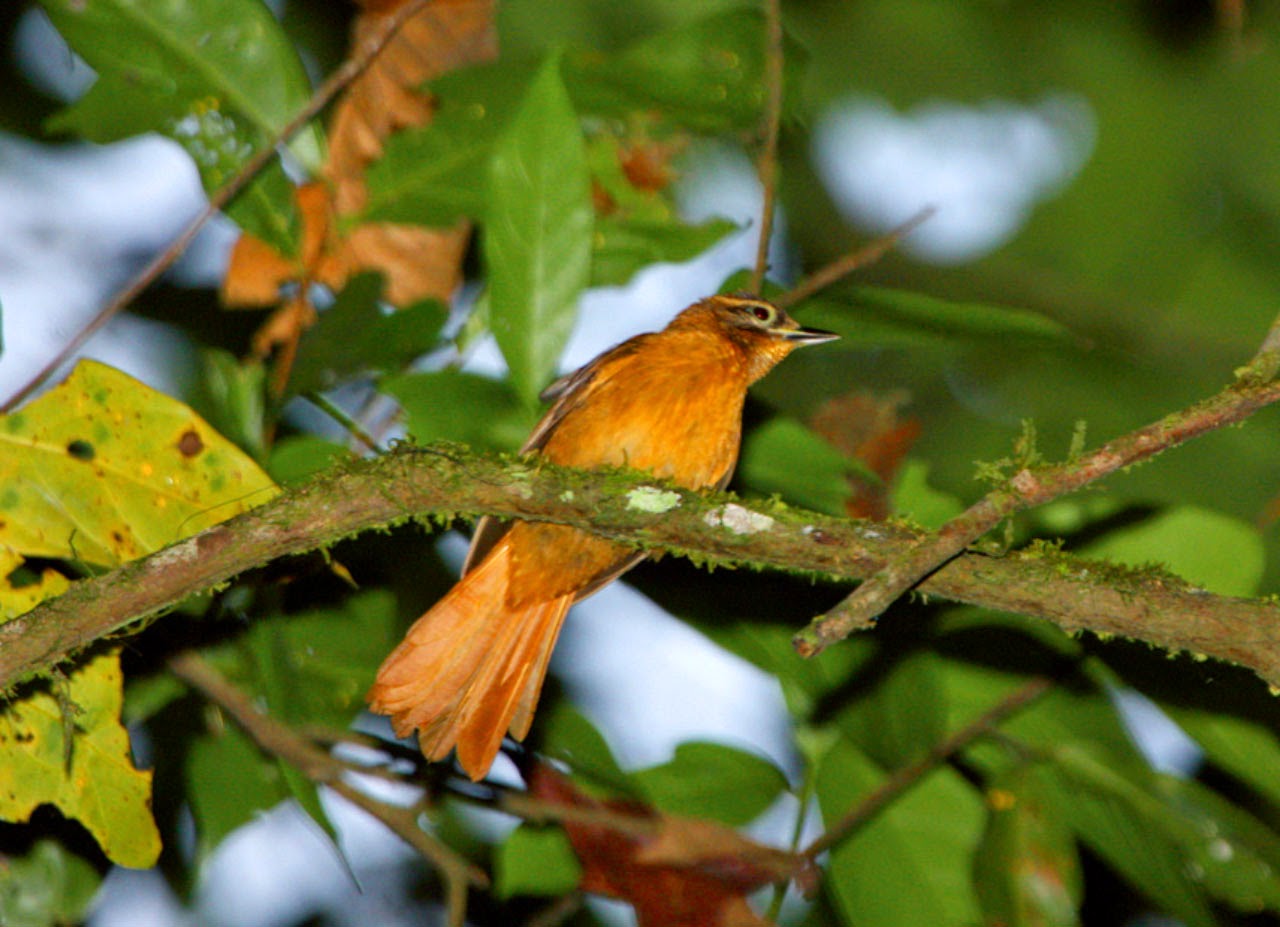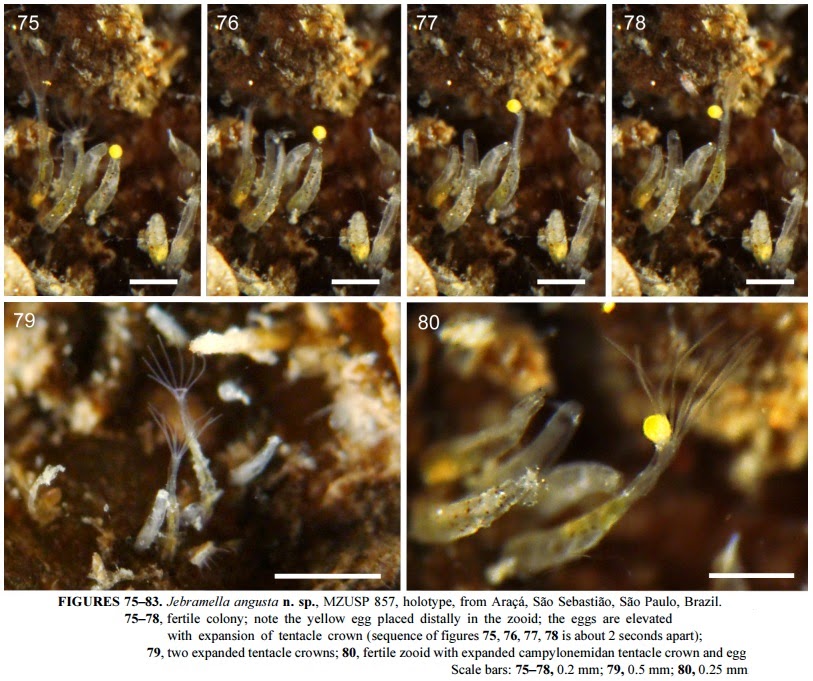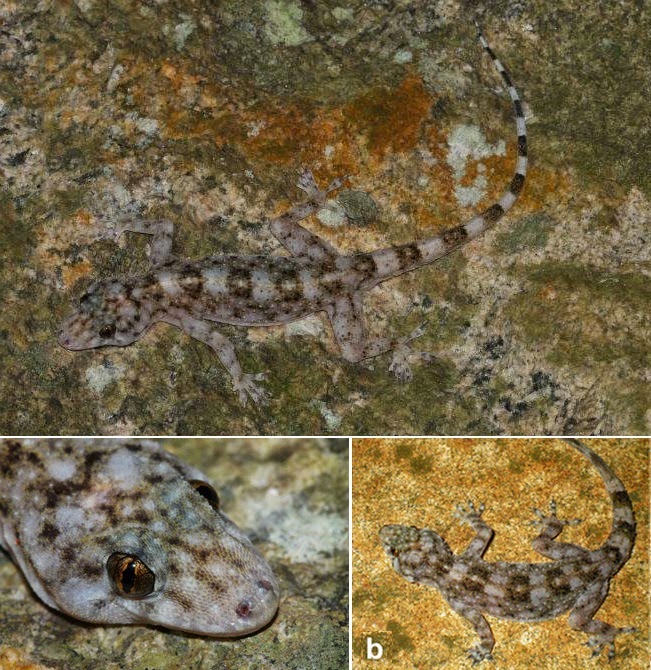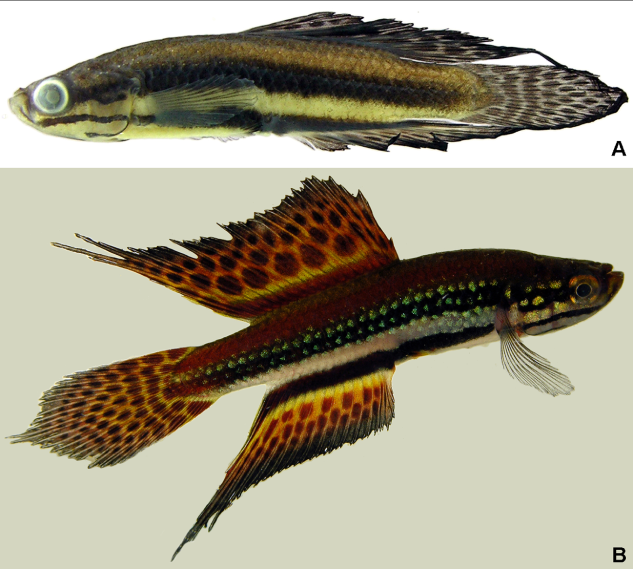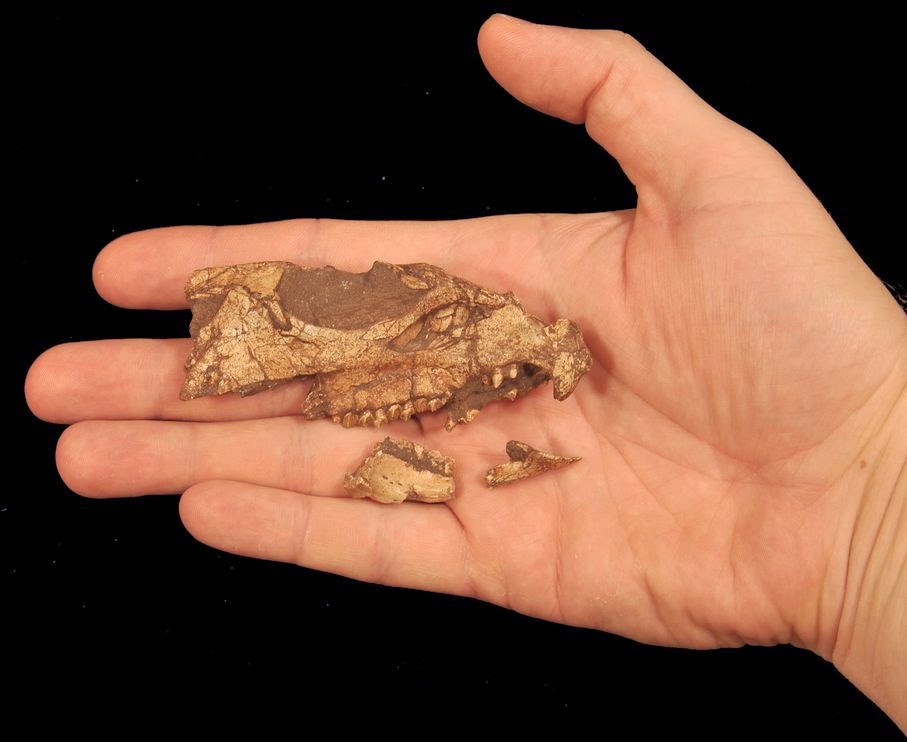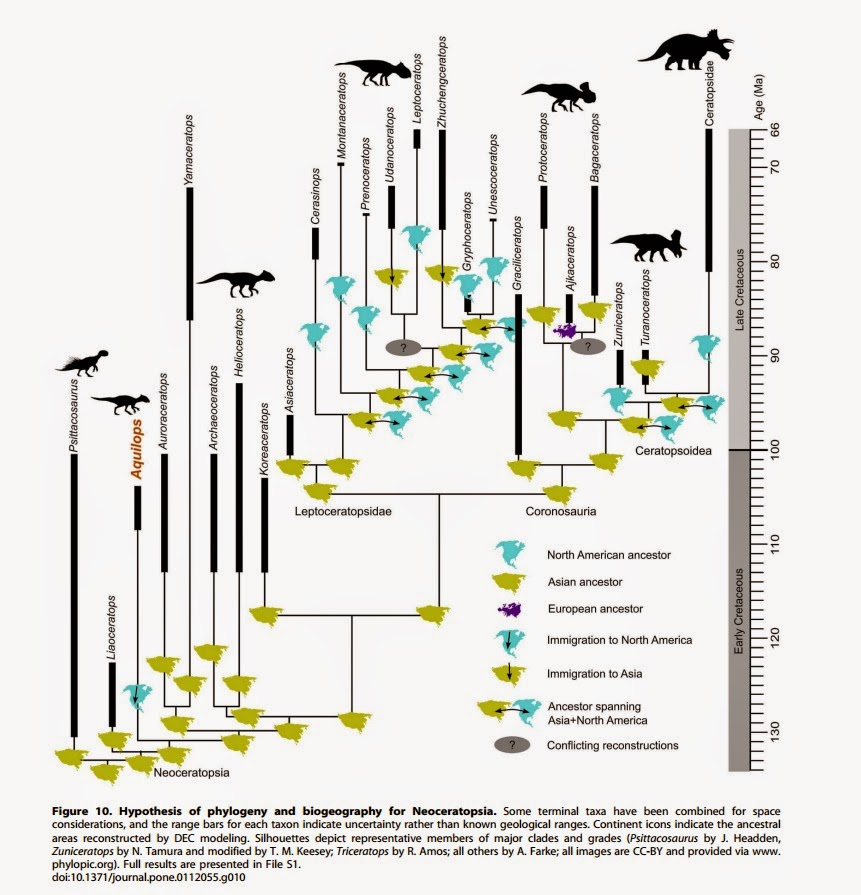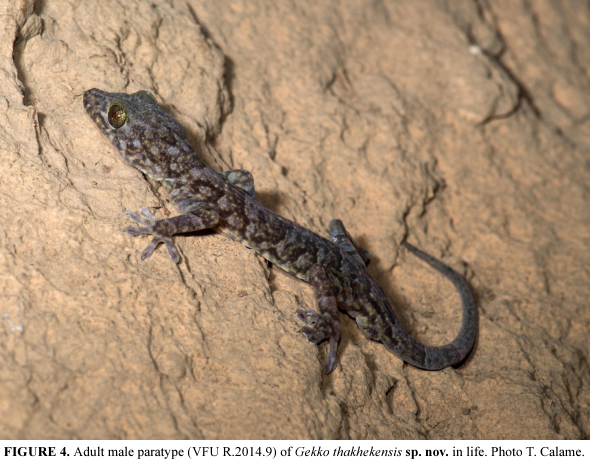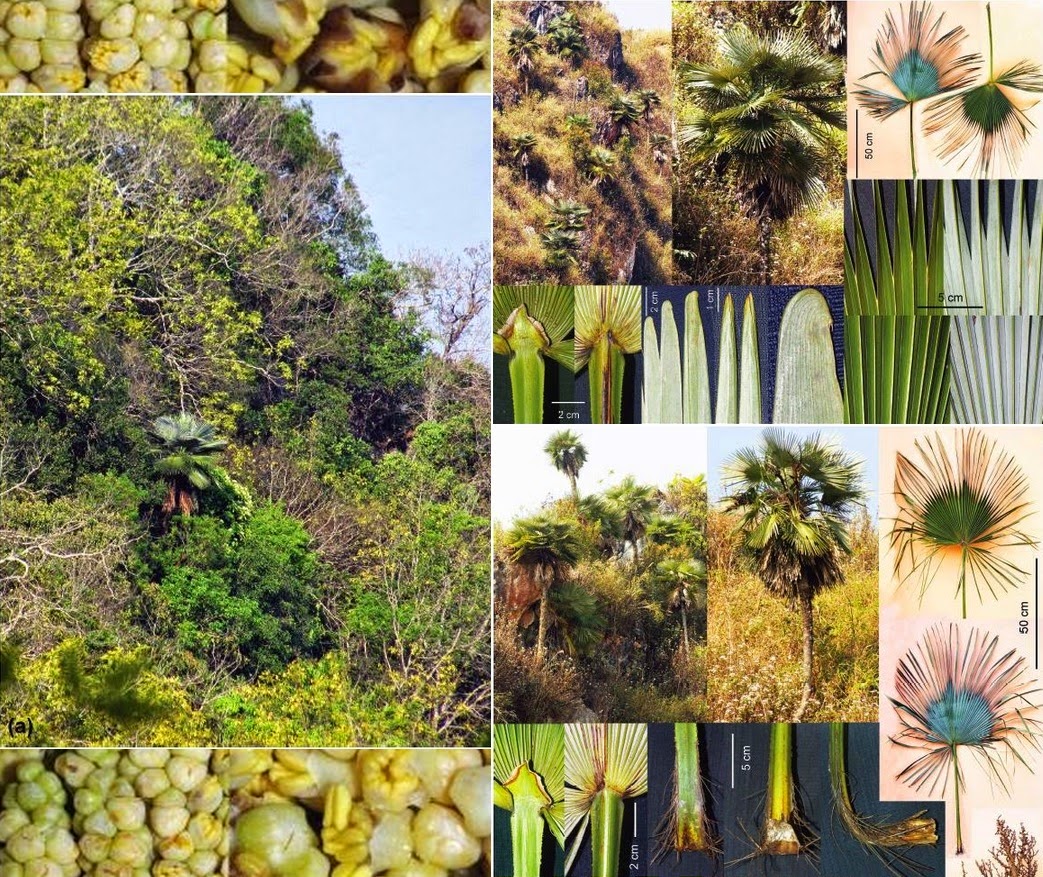 Trachycarpus ravenii Aver. & K. S. Nguyen |
[left] Natural habitats of Trachycarpus ravenii sp. nov. in central Laos (Vientiane province, Kasi district). (a) primary intact semideciduous forest on steep slopes of Phachao Mountain at elevation 1650–1700 m a.s.l. (Namken village area) || photo by N. S. Khang [upper right] Male specimen, [lower right] Female specimen || photos by L. Averyanov DOI: 10.1111/j.1756-1051.2013.00304.x | rufford.org |
A new species Trachycarpus ravenii discovered in Kasi district, Vientiane province of central Laos is described and illustrated. Morphologically, it is closest to T. oreophilus and T. princeps, but differs by having a shorter stem of mature plants; glabrous, dull green petiole; almost circular leaf blade, waxy bluish–white abaxially; narrow leaf segments with narrow free lobes densely adpressed to each other, as well as in oblique-round apices of median leaf segments.
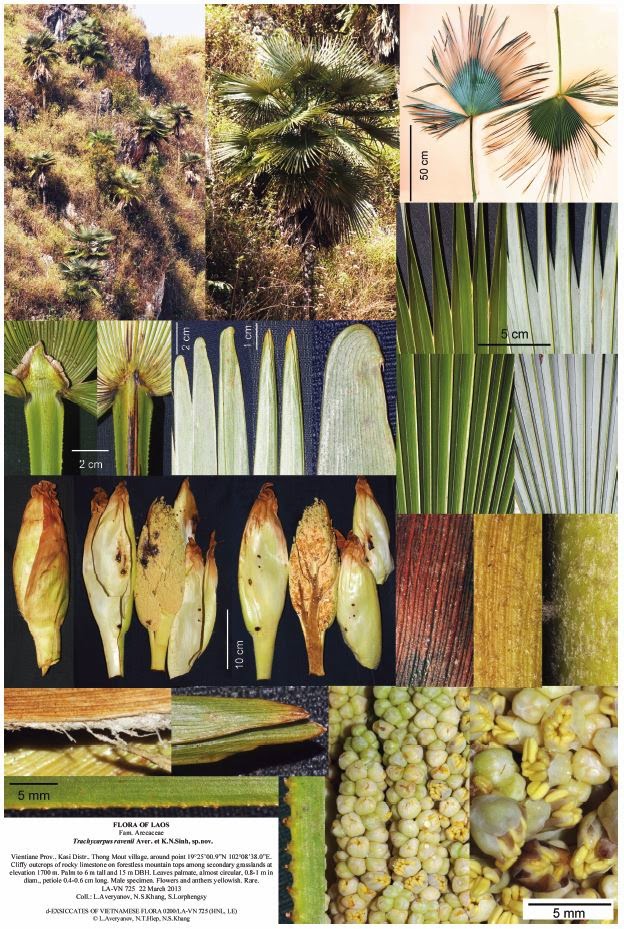 |
| Figure 1.Trachycarpus ravenii sp. nov. Male specimen, d-exsiccates of Vietnamese flora 200/LA-VN 725. All photos and design by L. Averyanov |
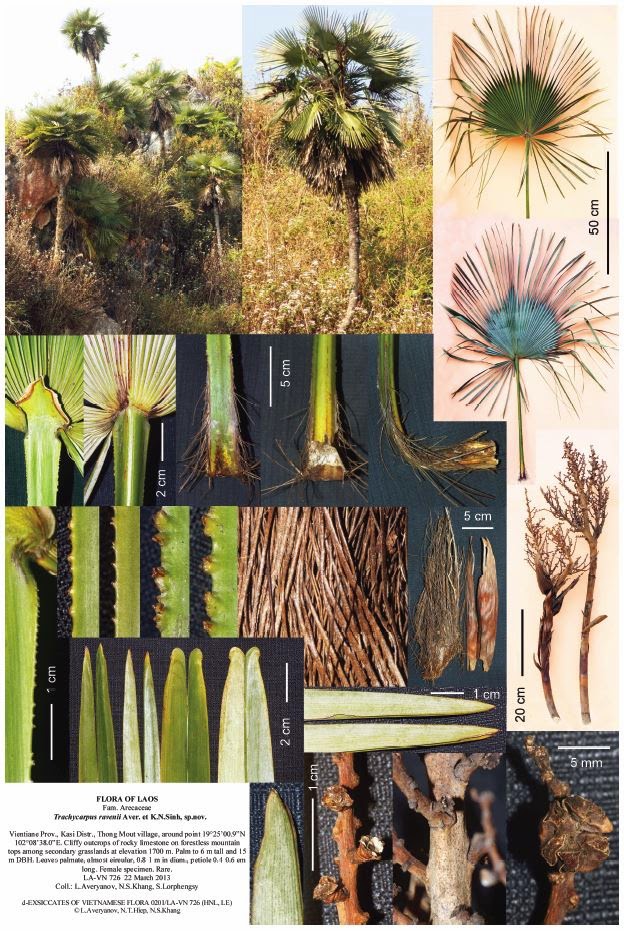 |
| Figure 2. Trachycarpus ravenii sp. nov. Female specimen, d-exsiccates of Vietnamese flora 201/LA-VN 726. All photos and design by L. Averyanov. |
 |
| Figure 3. Natural habitats of Trachycarpus ravenii sp. nov. in central Laos (Vientiane province, Kasi district). (a) primary intact semideciduous forest on steep slopes of Phachao Mountain at elevation 1650–1700 m a.s.l. (Namken village area), (b) forestless mountain slopes with rocky limestone outcrops among secondary grasslands and open secondary scrub at elevation about 1700 m a.s.l. (Thong Mout village area). All photos by N. S. Khang | DOI: 10.1111/j.1756-1051.2013.00304.x |
Averyanov, L. V., Nguyen, K. S., Nguyen, T. H., Pham, T. V. and Lorphengsy, S. 2014. Trachycarpus ravenii sp. nov. (Arecaceae, Corypheae) from central Laos. Nordic Journal of Botany. 32(5); 563–568. doi: 10.1111/j.1756-1051.2013.00304.x
